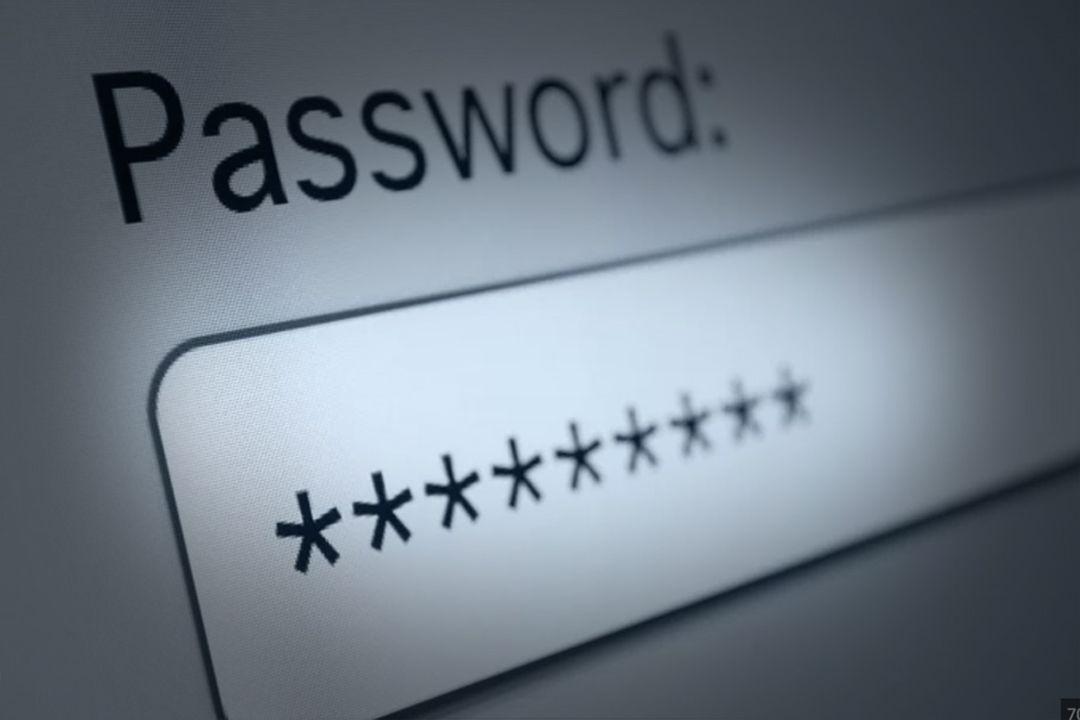Changing Passwords; A Necessary Evil
David Pridemore • July 2, 2024
Changing Passwords; A Necessary Evil
Author: David Pridemore | Publish Date: July 2, 2024

The Importance of Changing Passwords: Enhancing Security Amidst Inconvenience
In today's digital age, where our lives are increasingly intertwined with technology, the security of our personal information is paramount. One of the simplest yet most effective measures we can take to protect ourselves online is regularly changing our passwords. While this practice may seem inconvenient at times, its significance cannot be overstated.
Why Change Passwords?
Passwords are the first line of defense against unauthorized access to our accounts, whether it's our email, social media profiles, online banking, or other sensitive information. Over time, however, passwords can become compromised due to various factors:
1. Data Breaches: Large-scale breaches happen frequently, exposing millions of passwords to cybercriminals.
2. Phishing Attacks: Deceptive attempts to trick users into revealing their passwords are increasingly sophisticated.
3. Weak Passwords: Passwords that are easy to guess or reuse across multiple accounts are vulnerable.
Regularly changing passwords mitigates these risks by reducing the window of opportunity for attackers to use compromised credentials. Even if your password hasn’t been directly exposed, changing it periodically adds an extra layer of security.
Best Practices for Strong Passwords
When updating passwords, it’s crucial to adhere to best practices to maximize security:
• Complexity: Use a mix of uppercase letters, lowercase letters, numbers, and special characters.
• Length: Aim for a minimum of 12 characters; longer passwords are generally more secure.
• Uniqueness: Avoid using the same password across multiple accounts to prevent a single breach compromising all your accounts.
• Avoid Personal Information: Refrain from using easily guessable information like birthdates or pet names.
Managing the Inconvenience
Despite understanding the importance of changing passwords, many users find it inconvenient. Here are some tips to manage this process effectively:
• Password Managers: These tools securely store and generate passwords, making it easier to maintain unique and strong passwords across accounts.
• Set Reminders: Use calendar reminders or built-in features of password managers to prompt regular password updates.
• Two-Factor Authentication (2FA): Enable 2FA wherever possible to add an extra layer of security beyond passwords.
The Bottom Line
While changing passwords might seem like a hassle, it’s a small inconvenience compared to the potential consequences of a security breach. By doing so, you’re actively taking control of your online safety and reducing the risk of falling victim to cyberattacks. Whether you’re protecting personal information or sensitive business data, regular password changes are a crucial step in safeguarding against cyber threats.









